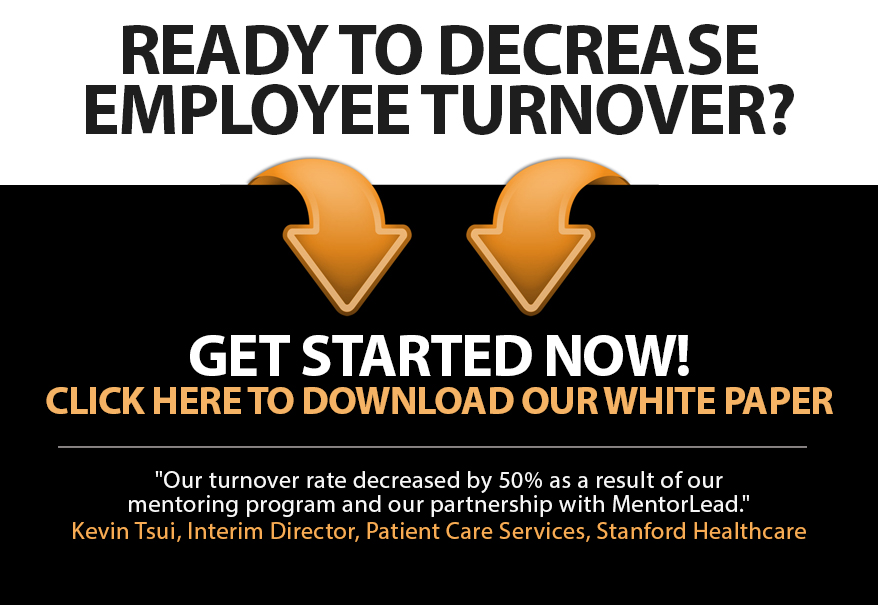
Running Backs and Defensive Linebackers
Just like on the football field, the workforce is fraught with Running Backs and Defensive Linebackers.
Running Backs catch new ideas and help us run them to the end zone, navigating obstacles in their path.
Defensive Linebackers block us from easily reaching the goal with their naysaying (lots of no-can-do talk) and no-doing (lots of can-do talk, no action).
Buy why? Why block good ideas? Fear, concern, or confusion.
- Why didn’t I think of that idea? Does this mean that I’m not needed anymore?
- Will I get in trouble if this goes through and fails?
- I don’t get it and I’ve got enough I’m already trying to figure out
The secret to working with Defensive Linebackers: purposeful perception. We need to respond not react, discern the real issue, and consider the view from their sidewalk.
Ask yourself:
- What’s really going on – what’s their fear, concern, or confusion?
- How can we address it?
- How can we help them win when we win?
And while it’s easy to judge others, we must be honest when new ideas come to us: are we being the Running Back or the Defensive Linebacker?






